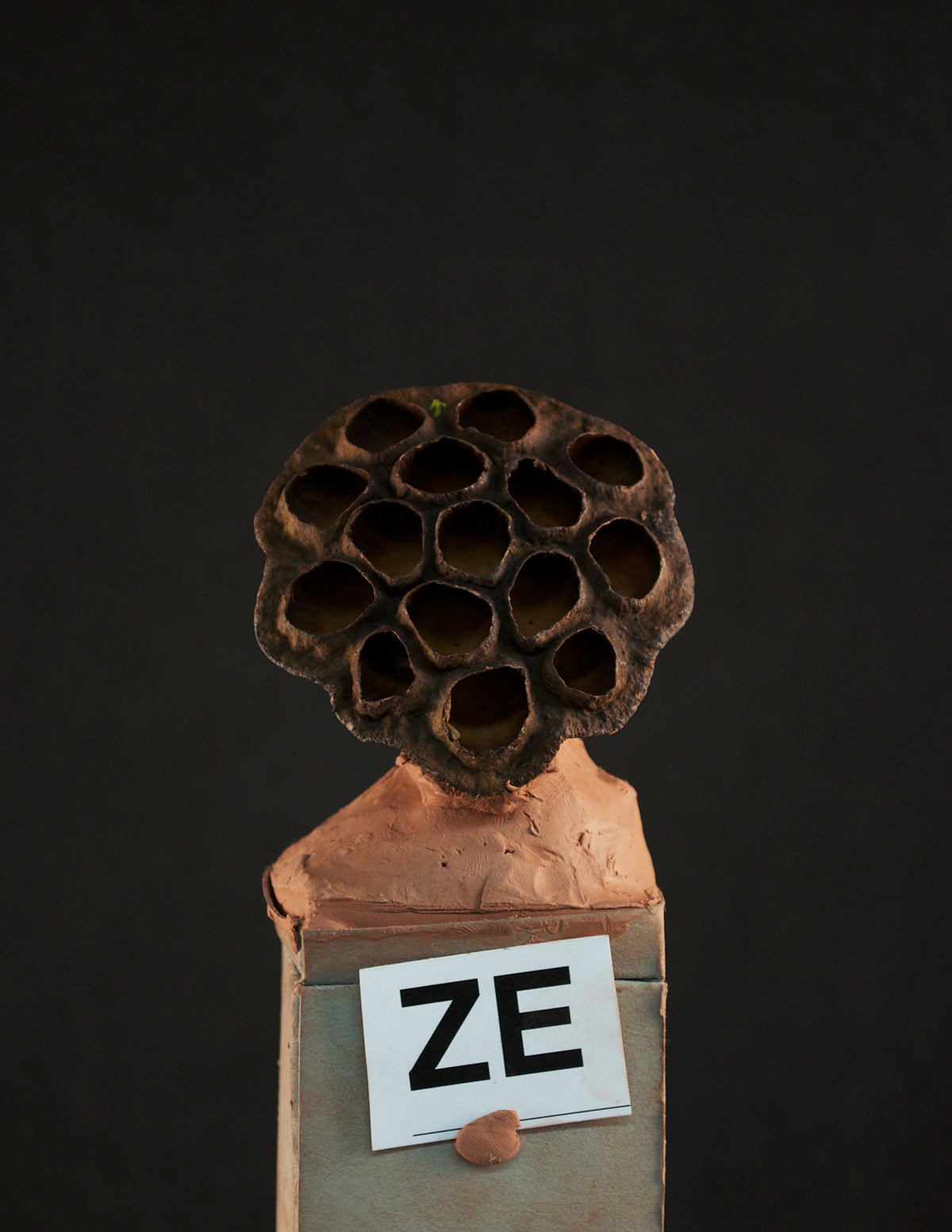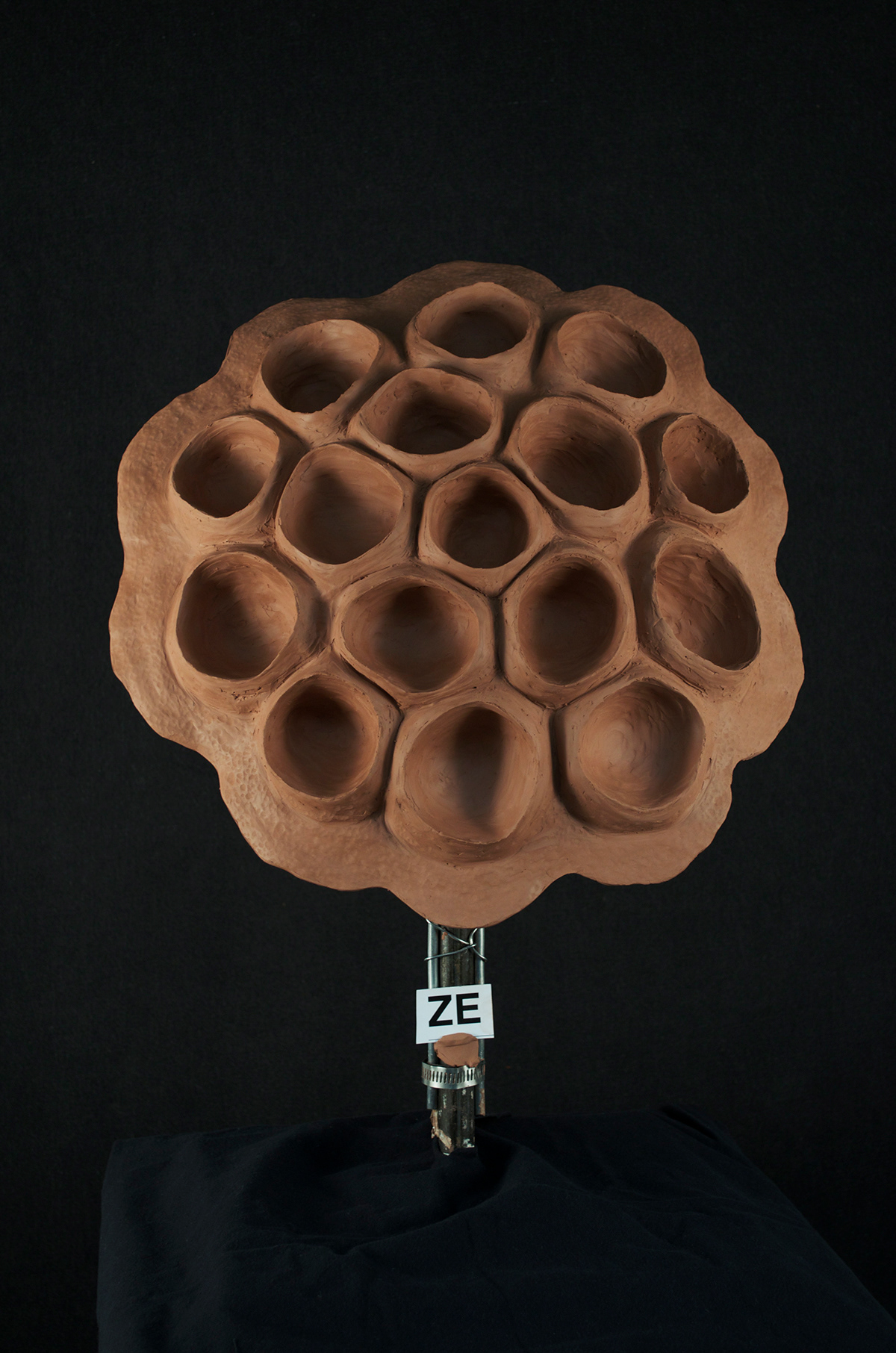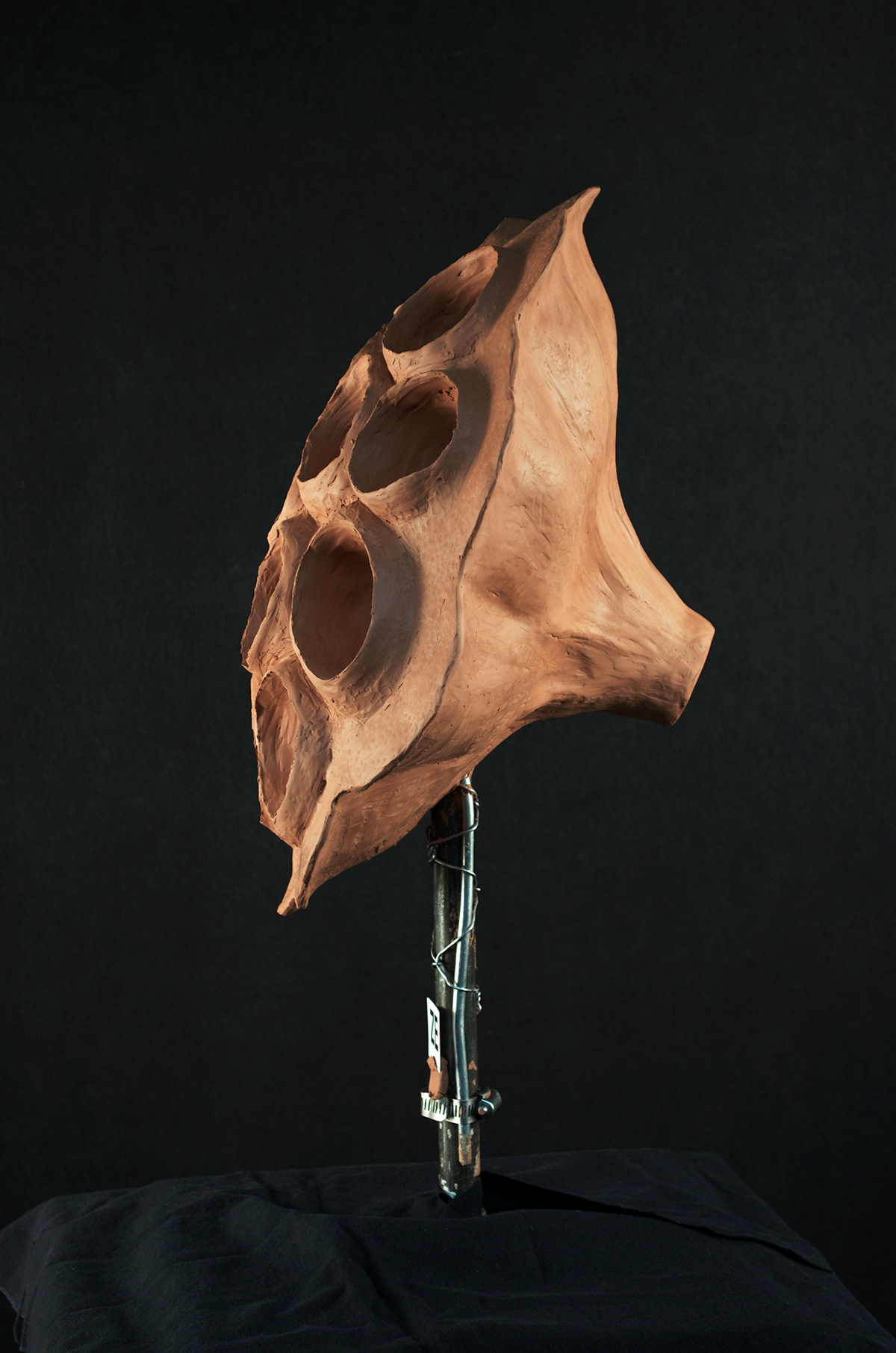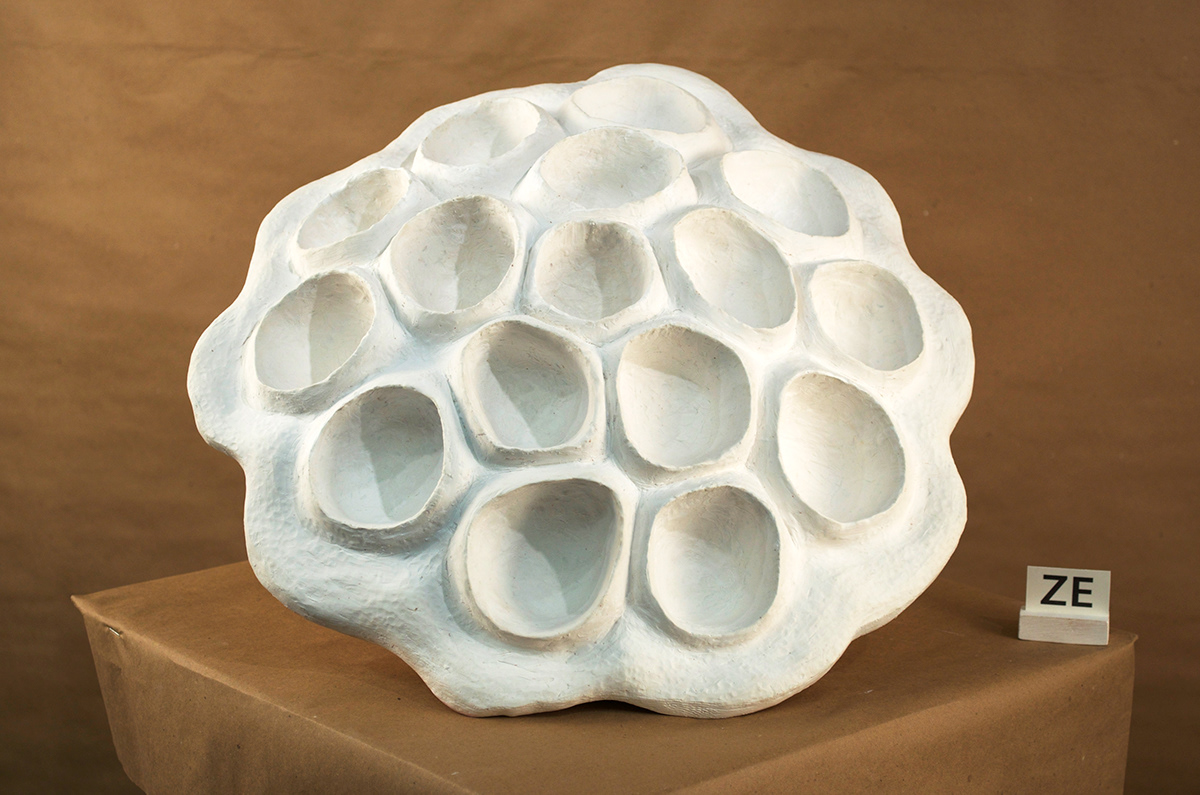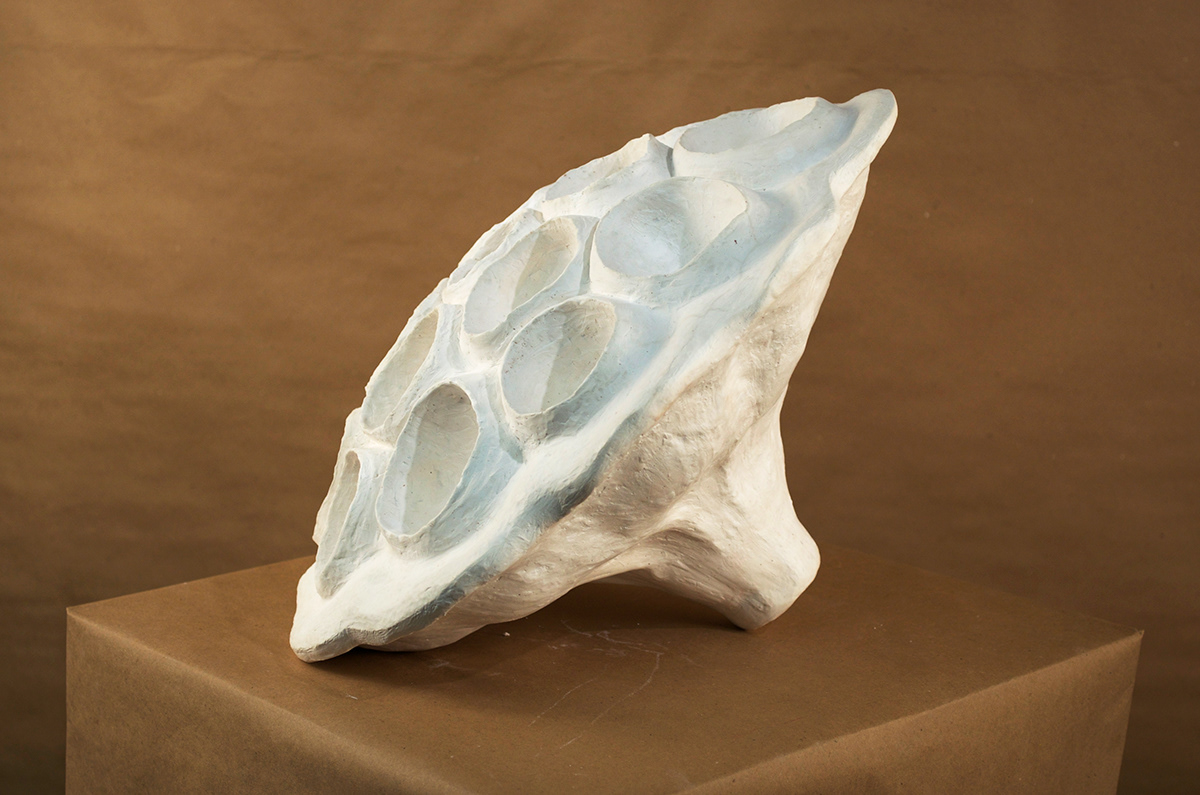I.
Paper Folding
~
Paper Folding
~
A - Structure (Tension & Compression): Create a pattern.
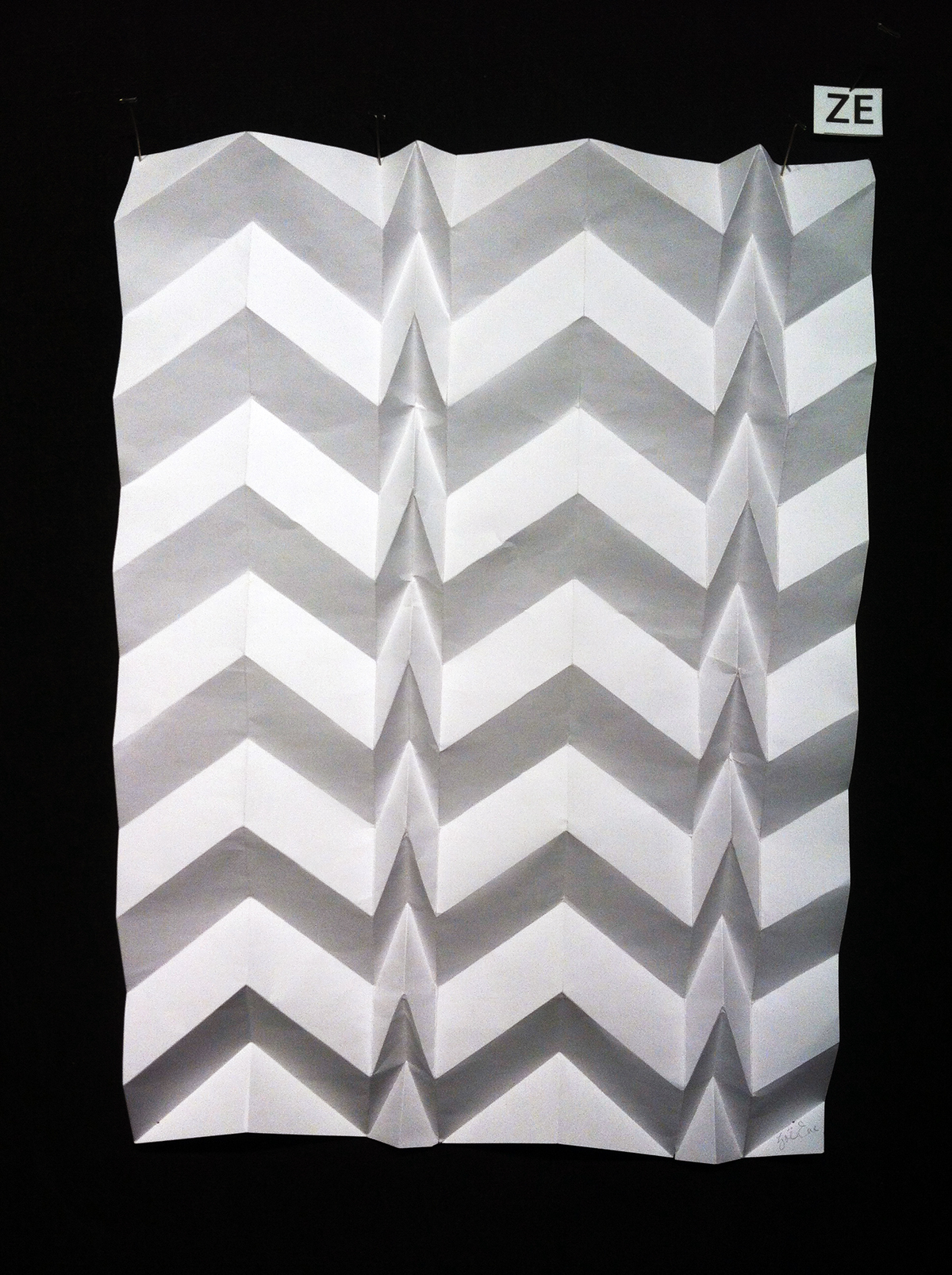
B - Structure (Tension & Compression): Use pattern to structure an enclosed volume or form from any size rectangular sheet of "Artist's Sketch Vellum". Weigh integrity (To what extent does the structure generate the form? How well are tension and compression balanced?) and strength against economy/efficiency (How much structure can you achieve with the least amount of paper? How much of the material is employed structurally and how much is wasted? What is the largest sustainable scale of pattern for this material?)

C - Modular Structures: Using any kind of paper, create an enclosed form with a modular system. Color can be used but not overused, used carelessly, or pointlessly. Neccesarily, it should enhance the form not confuse or detract from it.
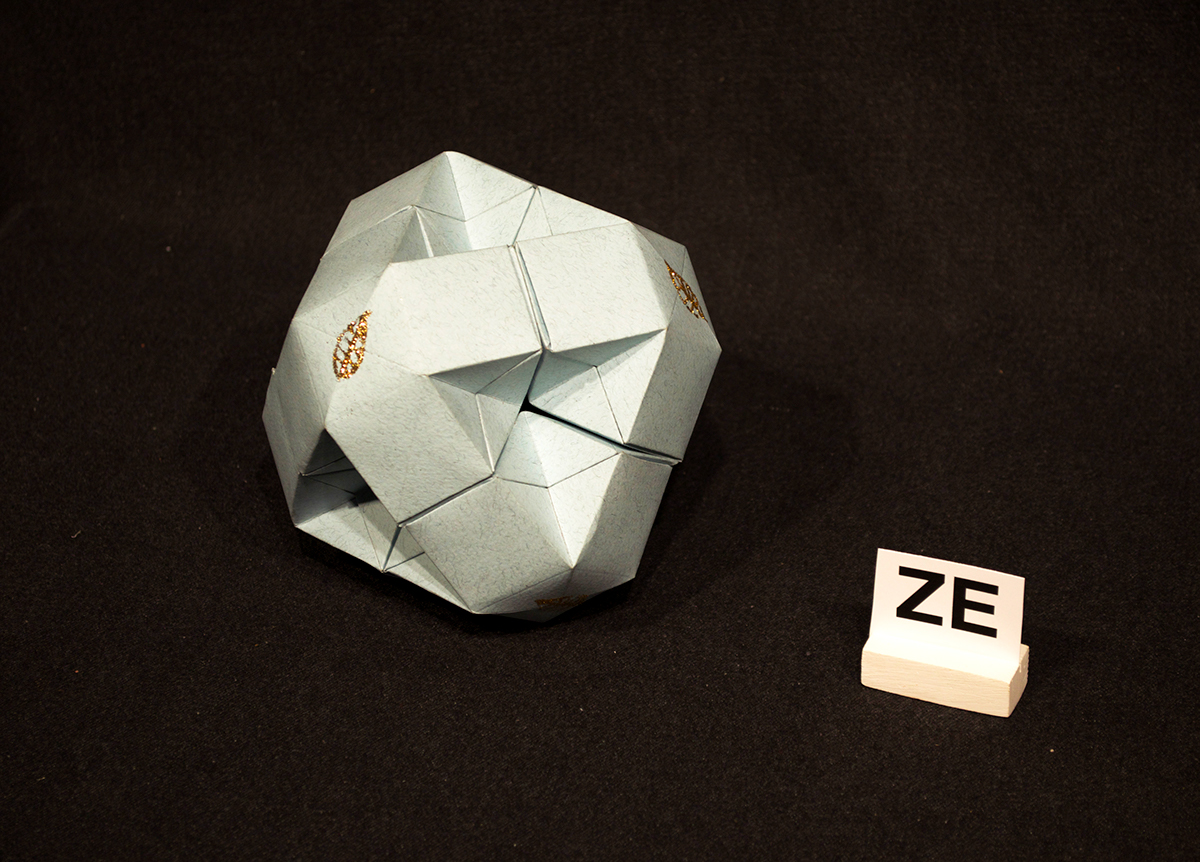



II.
Clay Modelling
~
Clay Modelling
~
A - Apparent Structure - Simple Form: From clay, create a form that is positive only, with no voids/dents, and that conveys energy, tension, buoyancy - life. Form must be no larger than a grapfruit, no smaller than a lemon and must appear to be nature-made not man-made. It should have a clear structural identity ie. conveys interior structure or energizing nucleus through its surface contours.

B - Apparent Structure - Complex Form: From clay, create a form with defined elements, or parts, structured in one whole. Elements in the complex will have positive definition ie., they will convey interior structure or energizing nucleii (consider the axis of each element and its orientation in the whole). The form will have negative definition, as transition or interstice between elements in the complex. The form may have a geometric organizing structure. This geometry must appear to be "organic" rather than mechanical. Directional growth may be an organizing factor, as evidenced in some of nature's ordering schemes e.g alternate branching, star burst, helixing etc. The form must be no larger than a hand.


III.
Modelling Nature Lab Specimen: Lotus Pod [Final]
~
Modelling Nature Lab Specimen: Lotus Pod [Final]
~
Idealizing form found in nature: Model a specimen of choice from the Nature Lab with clay. Idealize the form overall. Prioritize notions of inner growth, integrity, and structure. Lotus Pod was modelled 4.5 times bigger. Sculpture is later cast in plaster.
